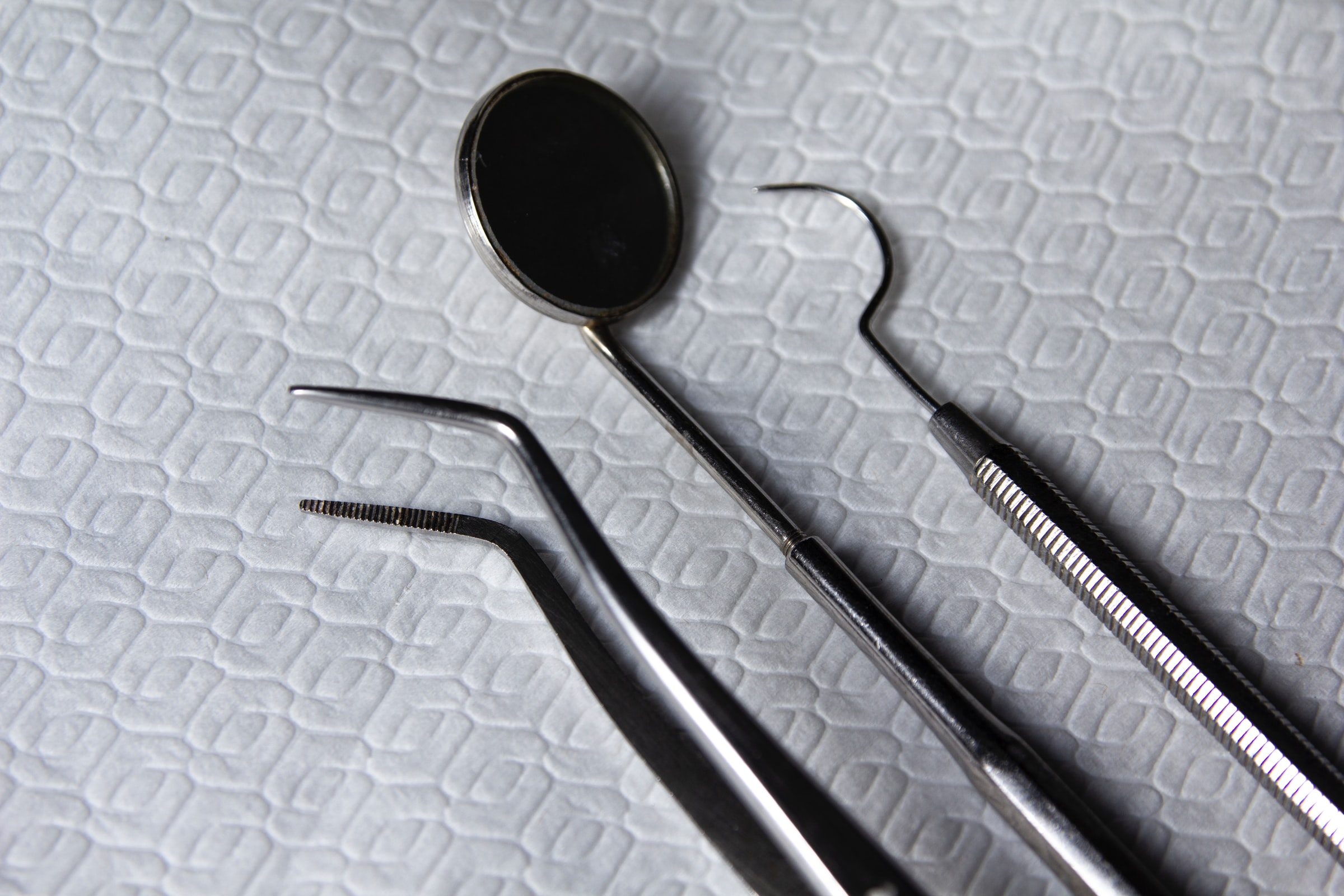
PTS can help you differentiate between PPO and HMO insurances.
Being a business owner has probably taught you more than you bargained for. That can especially be said for navigating the sea of dental insurance options for providers. It’s a fine line between choosing which options are best for your practice and which your patients would prefer in your given location. Each option has its own set of challenges faced by dental providers, so the answer isn’t ever going to be cut and dry.
Some plans require your dental practice to be part of a network; others limit maximum charges and many have set fees for specific services. So how do you know which is better for your dental practice and its patients? A good start is learning the differences between the two most common types, a Preferred Provider Organization (PPO) and Health Maintenance Organization (HMO) insurance plan, namely costs and flexibility.
Once you’ve got the PPOs and HMOs squared away, you’ll also want to know:
- What does HMO dental cover?
- Is HMO or PPO dental better?
- What does PPO mean in dental insurance?
- What is the best PPO dental insurance?
The pros and cons of PPO and HMO insurances
Choosing between insurance options isn’t a quick answer for the dental practice or patients.
PPO breakdown
A PPO plan is combined with a large network of dentists under contract to the insurance company to deliver specified services for set fees and according to the provisions of the contract. PPO plans offer a balance between low-cost care and dentist choice with higher out-of-pocket costs for the patient.
A PPO has a more expensive premium but offers more choices for both the provider and patient. Specifically, a patient will still have coverage when seeing an out-of-network dentist since most dentists accept PPOs and don’t typically require a referral from a specialist. In general, patients prefer PPOs due to freedom of choice when it comes to different coverage features and limits but will have to meet a deductible. While PPO plans can have capped benefits, there is no best-case scenario since it is based on a patient’s budget and family needs
HMO breakdown
Under an HMO plan, contracted dentists are paid a certain amount each month in advance for each patient who has been designated or assigned to that dentist. Dentists with a small network must then provide certain contracted services at no-cost or reduced cost to those patients, which is usually not reimbursed to the dentist or patient if treatment is received outside a contracting office.
Conversely, while an HMO insurance plan typically has a lower premium and no deductible, it focuses on preventative care and gives less freedom of choice to the patient for how many dentists accept that plan. The term “restrictive plan” is commonly used, though it doesn’t have exclusions for preexisting conditions. However, HMOs generally do not place a cap on benefits, as long as the right situation exists for both dentist and patient, but may restrict the number of visits, treatments, or diagnostic tests allowed.
A comparison for patients
Your patients will likely ask, so it’s important to know how the two plans stack up.
Primary dentist: Patients will need to choose a primary dentist under an HMO but will need to be referred to a specialist, while PPO plans do not require the patient to choose a primary dentist and do not need a referral for a specialist.
Preventative dental care: This is usually covered at 100% under both plans, including teeth cleanings, oral exams, certain types of X-rays, fluoride treatments, and sealants, though yearly and age limits may apply.
Fillings, root canals, and extractions: Basic restorative services have a flat fee under an HMO, but for a PPO plan, patients will first need to meet their deductible then share a percentage of the covered costs for non-preventative services up to an annual maximum.
Crowns, bridges, dentures, and oral surgery: Major restorative care is covered by both HMOs and PPOs up to a certain amount.
Orthodontic care: Both HMO and PPO plans offer variations of coverage for these benefits but may include age restrictions and deductibles.
Other insurance plan options
PPOs and HMOs aren’t the only insurance options for dental providers and patients.
EPO
An Exclusive Provider Organization (EPO) insurance plan is essentially a hybrid of PPO and HMO insurance, the primary difference being an EPO only allows you to see an in-network dentist but doesn’t require the patient to call the company to request to be transferred.
Indemnity insurance plans
Dental indemnity insurance is an FFS plan that requires insured members to pay dentists directly for dental services rendered. Patients receive compensation from the insurance company by submitting a claim.
Dental savings plans
Although not technically a dental insurance plan, dental savings plans provide patients affordable access to dental care with discounts on most dental services after an annual membership fee for access to a network of participating dentists and specialists. These types of plans can be maintained within the dental practice or through a third party like Kleer.
When to consider a change to insurance
Because every situation and transaction is unique, PTS can help point dental practices in the right direction.
After a dental practice transition
Once the dust has settled after a dental practice transition, it’s a great time to start shopping for other insurance options to make sure you’re offering the best coverage for your patient base based on which options generate the most revenue compared to the list of accepted insurances.
When your dental practice is too busy
Is your number of active patients—those who have visited the office in the last 18 months—more than 2,500 when 1,500 active patients are considered full capacity? Are you booked 80% of the time with a six-month advance? When all else fails or isn’t enough to keep your patients at a reasonable amount, it’s time to shop for different insurance options.
When you want to attract new patients
The underlying goal of any business owner is to grow its customer base. With a dental practice, whether new or existing, a small but impactful way to attract new patients is to reevaluate insurance options, while at the same time contributing to the valuation of your business.
How to diversify your insurance
As the dental insurance landscape continues to evolve, PTS advises improving your profitability and patient relationships by latching onto the emerging trends.
The facts
According to a 2020 survey by DentistryIQ, it all points “away from costly FFS models and toward coordinated care, value-based reimbursement, and more streamlined, affordable, and prevention-based experiences.” In fact, the number of health plans offering adult dental benefits has more than doubled since 2018, according to West Monroe Partners, adding to the convergence.
What this means
Standalone insurers have historically dominated the market, but now they will be forced to evolve, partner with health plans, or lose out to the new competition. Additionally, individual plans could shift toward employer-sponsored plans. In turn, dental practices will have to adapt to the growing demand for value-based care with lower costs in terms of reimbursement terms.
The results
Dental insurance plans will continue to converge to offer a unified product for oral and overall health. The health integration is supported by value-based dentistry, health plan partnerships, and available dental insurance driving patients to routine care, resulting in more dental visits and even more billable opportunities for your practice.
When to strategize
Designate someone on your team to track insurance trends and explore the options that work best for your patient base. When necessary, outsource for efficiency and cost-efficiency. Staff members can continue communication with patients related to insurance education and benefits.
Continuing trends
While the COVID-19 pandemic continues, manage your practice workflows with cloud-based practice management software for the benefit of both the patients and staff. And though not a long-term solution, teledentistry can be used to communicate any changes to patients without the need for an office visit.
When it makes good business sense
Insurance options affect more than just your patients but also your bottom line.
Dental practice demographics matter
In addition to the obvious percentage breakdown of patient demographics by gender and age brackets, a list of nearby specialists will help determine if your practice will thrive in the current climate. For example, if you are planning on offering Medicaid and lots of insurance options, you can be in a low- to middle-income area. Conversely, if you want to be more FFS and offer a lot of cosmetic services, being in an affluent area would be advantageous.
Dental practice merger considerations
Do both practices entering the merger currently accept insurance and the same plans? If not, then decide what you are going to keep and what you are going to stop taking. Keep in mind that patients may switch providers should you stop accepting their insurance. Are your fees similar? Patients don’t want to feel as though they are now being overcharged after the merger and may ultimately leave the practice.
Managing dental student loans
While dentistry will most certainly be a lucrative career in the long run if you play your cards right, the harsh reality is that a graduate can count on spending $570K toward dental school. The leading cause of a lower income is the lower fees associated with PPO insurance plans. Shopping insurance providers will not only be financially beneficial as a business owner, but for your patients, as well.
The interplay with Delta Dental Premier
While there’s no hard deadline for the shut down, PTS helps you prepare for the change.
The latest
Because Delta Dental Premier is being eliminated, dental practices whose patients are primarily Delta Dental Premier subscribers will have a hard time selling as the buyer can lose all those patients. What’s more, the attrition rate can also affect the multiple used in the valuation, decreasing the overall value of the practice.
Read the fine print
At this time, Delta Dental is no longer allowing practices to participate in Premier-only plans. As this is a phased approach, in California, a new Delta contract requires all new participants with Delta agree to see not just the Premier patients, but also all patients on any Delta PPO plan. Because a great majority of California doctors are on the Delta Dental Premier program, no California doctor on Delta Premier can hire an associate unless they will only see non-Delta Dental Premier patients. The same will apply to all states as it is rolled out.
Know your fees
Because Delta Dental Premier is the higher-paying program, dentists are being forced to join their lower-paying PPO plan if they wish to stay in the network. By choosing to stay on with Delta, your practice must accept all PPO patients, which often come with $1,000 or more fee discounts. These lower reimbursement rates threaten to reduce practice profits and significantly lower the value of affected practices. However, before rushing to sign up for the lower-paying PPO plan or drop Delta participation altogether, remember in the average practice, insurance company reimbursements account for less than half of the total receipts.
Exercise the competition
Many fee-for-a-service (FFS) dentists only participate in Delta Dental, leaving their options limited in terms of services and fees. But just as you wouldn’t enter a contract with the first and only dental supplier, dental practices should explore all options for coverage contracts. As with all business decisions, knowing your options will only help leverage deals and speak more intelligently to keep your contractual obligations honest. When given the power of exclusion, any organization will do what’s in its best interest and not in the interest of clients, so it’s important and necessary to keep your options open.
Bottom line
While there’s no one right answer for dental providers across the board when it comes to insurance options, the experts at PTS can help point you in the right direction. Contact us today.







